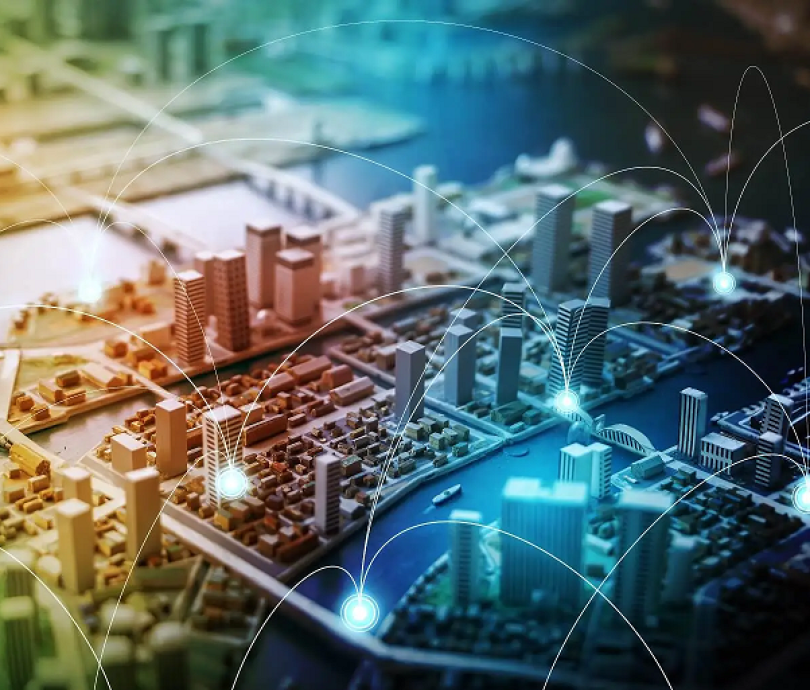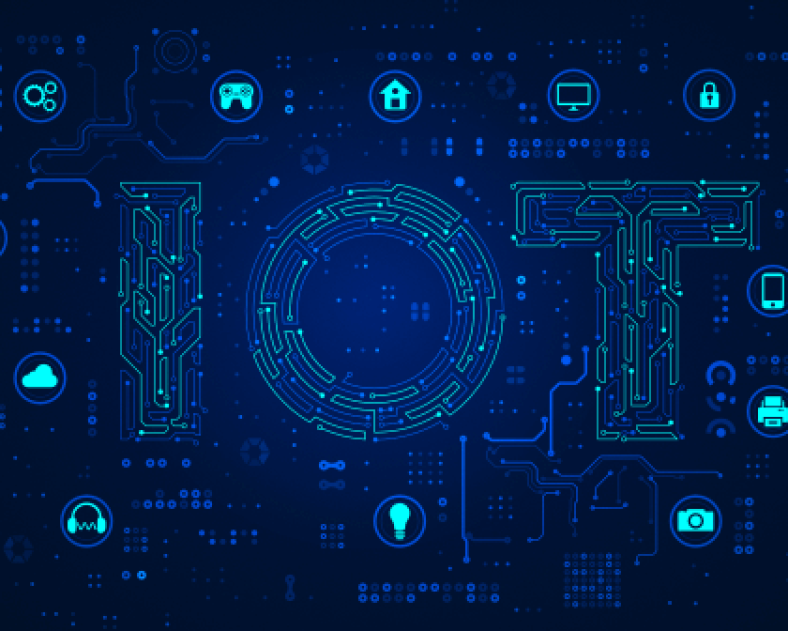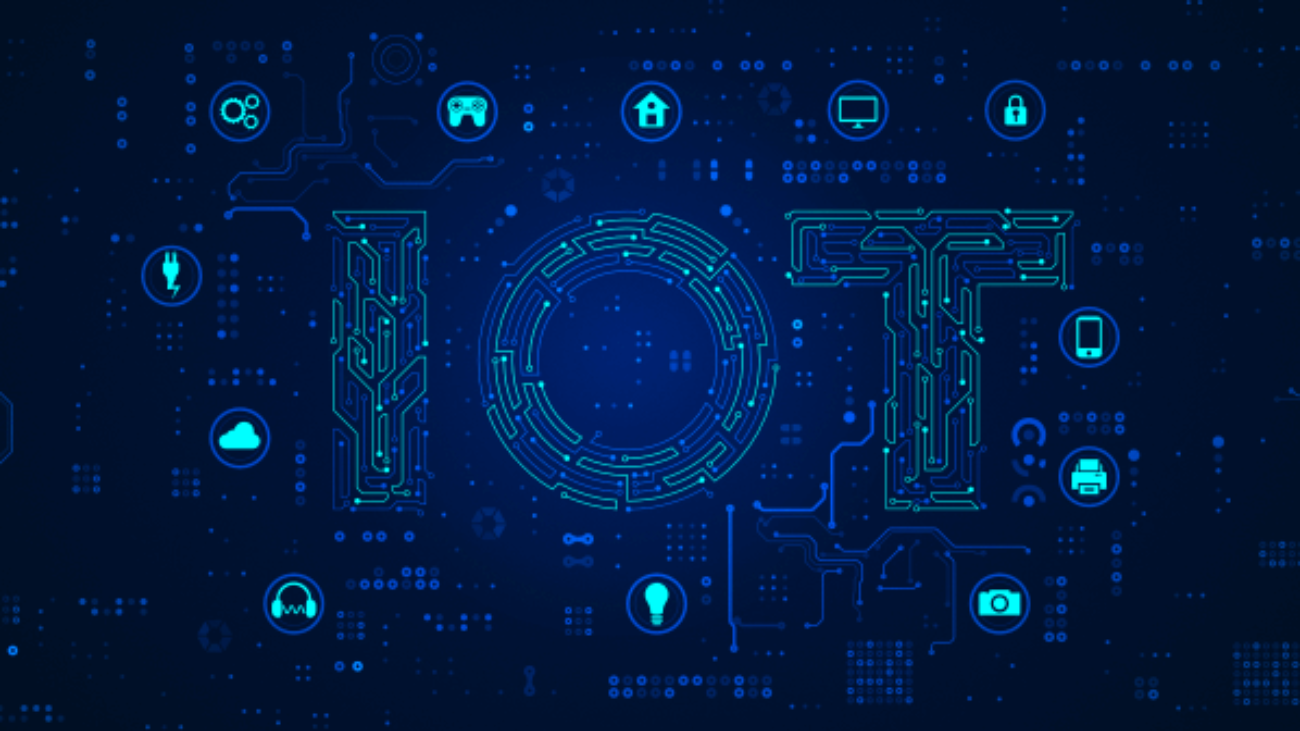

Emerging Internet of Things (IOT) Trends 2022-23
Future of IOT
In this discussion, we will examine the upcoming trends in Internet of Things (IOT) for the years 2022-23 and explore the ways in which IOT has the potential to both positively and negatively impact our daily lives.
Emerging Internet of Things (IOT) Trends 2022-23 | Future of IOT
Introduction
The Internet of Things (IoT) is revolutionizing the way we live and work. IoT technology is constantly evolving and new trends are emerging that will shape the future of IoT. In this blog post, we will take a closer look at some of the most promising IoT trends for 2022-23 and explore the future of IoT and its potential impact on our world.
IoT Trends for 2022-23
Artificial Intelligence and Machine Learning
Artificial intelligence (AI) and machine learning (ML) are becoming increasingly integrated into IoT devices. This integration allows for more advanced decision-making, problem-solving, and adaptation capabilities in IoT devices. With the integration of AI and ML, IoT devices will be able to learn and adapt to new environments, predict potential issues, and improve overall performance and functionality.
Edge Computing
Edge computing is a trend that is gaining traction in the IoT world. Edge computing allows for data processing to be done closer to the source, rather than in the cloud. This is particularly useful for IoT devices that are in remote locations or have low connectivity. Edge computing also allows for faster data processing, which means quicker response times for IoT devices.
5G Networks
5G networks are becoming more prevalent and will play a crucial role in the future of IoT. 5G networks provide faster and more reliable connections for IoT devices. This will be particularly beneficial for applications that require high-speed and low-latency connections such as autonomous vehicles and industrial automation. With the advent of 5G networks, IoT devices will be able to communicate and share data more efficiently and effectively.
Blockchain Technology
The use of blockchain technology in IoT is a trend that is gaining momentum. Blockchain is a distributed ledger system that provides a secure and transparent way to store and share data. This technology can be used to protect IoT devices from cyberattacks and ensure the integrity of the data they collect. Additionally, blockchain can be used to create decentralized networks of IoT devices, which can help to improve their scalability and reliability.
Smart Cities Technology
Smart cities technology is one of the most promising IoT trends for 2022-23. Smart cities use IoT devices to collect data on everything from traffic and weather to air quality and energy consumption. This data can then be used to improve the efficiency and sustainability of cities. For example, by analyzing data on traffic patterns, cities can optimize traffic flow and reduce congestion. Smart cities technology will play a crucial role in making cities more livable, sustainable and efficient.
Healthcare
IoT is also proving to be a game-changer in the field of healthcare. IoT devices such as wearables and smart medical devices are being used to monitor and track patient health, and to provide remote patient care. In the future, we can expect to see even more advanced IoT devices that can diagnose diseases, perform medical procedures and assist in surgeries. IoT in healthcare will play a crucial role in improving healthcare delivery and reducing healthcare costs.
Potential Downsides
Despite the many benefits of IoT, there are also some potential downsides to consider. One concern is the issue of privacy and security. IoT devices collect and transmit large amounts of data, which makes them a prime target for hackers. Additionally, as more and more devices are connected to the internet, the risk of cyberattacks increases.
Another issue is the potential for IoT devices to be used for surveillance and to collect data on individuals without their knowledge or consent. As more devices are connected to the internet, it becomes easier for governments, companies, and other organizations to collect data on individuals and use it for their own purposes.
Conclusion
The Internet of Things (IoT) is revolutionizing the way we live and work



